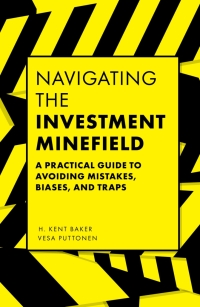Question
1. A well-known coffee company with cafes throughout the U.S. (and the world) is evaluating the Customer Lifetime Value (yearly) for three customers that joined
1. A well-known coffee company with cafes throughout the U.S. (and the world) is evaluating the Customer Lifetime Value (yearly) for three customers that joined its U.S.-based loyalty program five years ago. Customer A is a coffee aficionado that enjoys savoring a customized cup at the caf in the morning on both weekdays and weekends, chatting with his favorite baristas as part of his morning ritual. Customer B drinks plain coffee as part of her morning routine to wake up, passing through the caf on the way to work (or weekend activities), and values quick, efficient service. Customer C picks coffee flavored drinks or other beverages and snacks off the menu at the caf in the afternoon, often in the company of co-workers (or family and friends on the weekend) as part of an afternoon treat.
Using the table provided below, calculate the yearly CLV for the three customers over the five years. The values below represent the revenue the firm received from these customers over the past five years. The firms marketing analytics department calculates the yearly retention rate for all three customers at 80% (and assumes 100% survival probability in year 1). The discount rate is 15%, and typical acquisition cost of all three customers is $5.00. Variable cost per dollar the customer spends is $0.20. Continuance (marketing) costs of the loyalty program are $10.00. Which customer do you think is the most valuable/important to the firm and why? Does your conclusion match with the CLV calculation?
Next, using your knowledge of the AER framework, develop an expansion and retention strategy for the customer (segment) you identified as the best above. Your goal is to try and maximize their value to the firm in the future (e.g., increase their CLV).
Customer Year 1 Year 2 Year 3 Year 4 Year 5
Customer A (5 year average $1,140.00) $500 $1,500 $1,500 $1,200 $1,000
Customer B (5 year average $780) $600 $1,100 $800 $600 $800
Customer C (5 year average $1,180) $1,000 $800 $1,000 $1,500 $1,600
2. A customer equity perspective recommends regarding customers as assets, yet accounting principles treat investments that increase brand, offering, and relational equities differently than other types of assets. Many see marketing investments as expenses rather than assets. These marketing sources of sustainable competitive advantage (SCA) often represent the strongest barrier to competition. Therefore, marketing, and the customer equity perspective, is not always loved by other departments in firms. How does adopting a customer equity perspective fit with the philosophy of customer centricity, which calls for an organization-wide approach? Next, make a compelling case to the skeptics that a customer equity perspective is the ideal approach for your firm to adopt. Remember these are skeptics, who may not trust the messenger or the message, and in general, they are satisfied with what they are doing now.
Step by Step Solution
There are 3 Steps involved in it
Step: 1

Get Instant Access to Expert-Tailored Solutions
See step-by-step solutions with expert insights and AI powered tools for academic success
Step: 2

Step: 3

Ace Your Homework with AI
Get the answers you need in no time with our AI-driven, step-by-step assistance
Get Started


